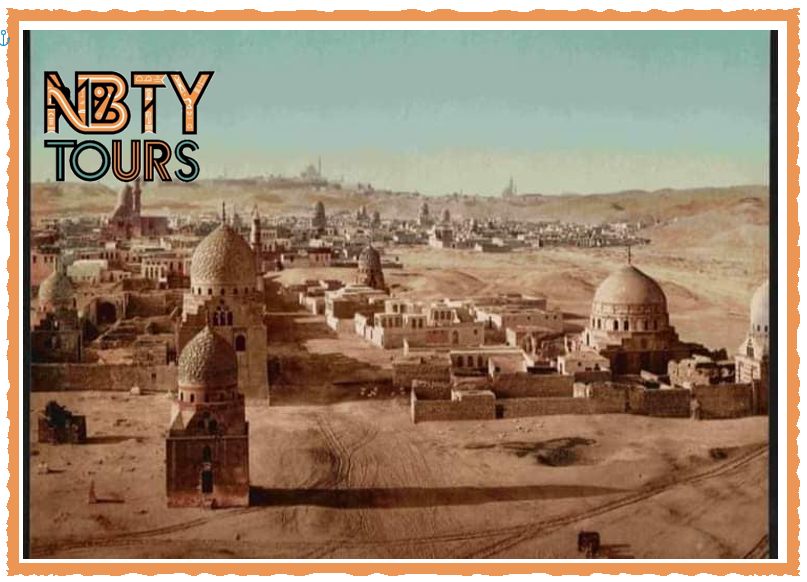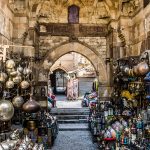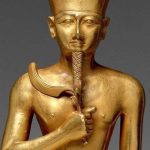The Mamluk Desert is one of the most important ancient archaeological cemeteries, which was used by the kings and princes of Egypt since the end of the fourteenth century AD to build mosques and khanqahs and attached to them their burial grounds, so that it becomes a witness to the magnificence of the art of architecture in the Mamluk era.
There are more than 20 burial domes spread over this cemetery, 9 of which are attached to mosques and 5 of which are for the burial of sultans.
Among them is the mosque and khanqah of Faraj ibn Barquq. This complex was established by Sultan al-Malik al-Nasir Abu al-Sa’adat Faraj ibn Barquq in the years 801-813 AH. This architectural complex is considered one of the largest complexes established in the cemeteries of Egypt to serve various purposes. It combines a mosque for performing religious rituals, a khanqah for the residence of Sufis, a school for teaching religious sciences and memorizing the Qur’an, burial places for Sultan al-Zahir Barquq and members of his family, and two places full of water to make thirsty people drink
The dome of Jani Bey al-Ashrafi, which was built by Prince Jani Bey al-Ashrafi, one of the Mamluks of Sultan Ashraf Barsbay, overlooks the road (the royal path). It is square in plan, built of carved stone, topped by a large, high dome decorated on the outside with geometric decorations in the form of curved star plates. The dome on the inside has a simple stone mihrab with two rows on its sides, and the transition area of the dome on the inside consists of 5 muqarnas stations. The dome door is located on the northern side.
The Qarqamas Dome, which was built by Prince Qarqamas, one of the Mamluks of Al-Ashraf Qaitbay, is square in plan, built of carved stone and topped by a high, smooth dome devoid of decorations. In the corners are rows of muqarnas. This dome was adjacent to the northwestern facade of the Al-Hakim Mosque, and was moved to its current location in late 1980.
The complex of al-Ashraf Barsbay, which was established by Sultan al-Ashraf Barsbay in 835 AH (1432 AD), and includes a group consisting of a khanqah for the residence of Sufis, a large courtyard with graves and the remains of a dome, a complete dome for his brother, Prince Yashbak, and some scholars, and a prayer hall for performing rituals. All of them are connected by a large facade built of stone that ends on the southern side with the khanqah, which occupies a large area. Nothing remains of it except its facade and the remains of some of the retreats. Marble panels have been fixed on this facade with a statement of the properties endowed to the tomb that he established for his brother in the courtyard.
Sultan Ashraf Qaitbay School, which is considered the Sultan Qaitbay complex in the Eastern Qarafa, is one of the most beautiful and creative architectural complexes in Islamic Egypt. This is due to the beauty and coordination of the complex with each other. It consists of a school, a mosque, a fountain, a book, a mausoleum, and a minaret. It was built by Sultan Ashraf Qaitbay in the year (877-879 AH).



